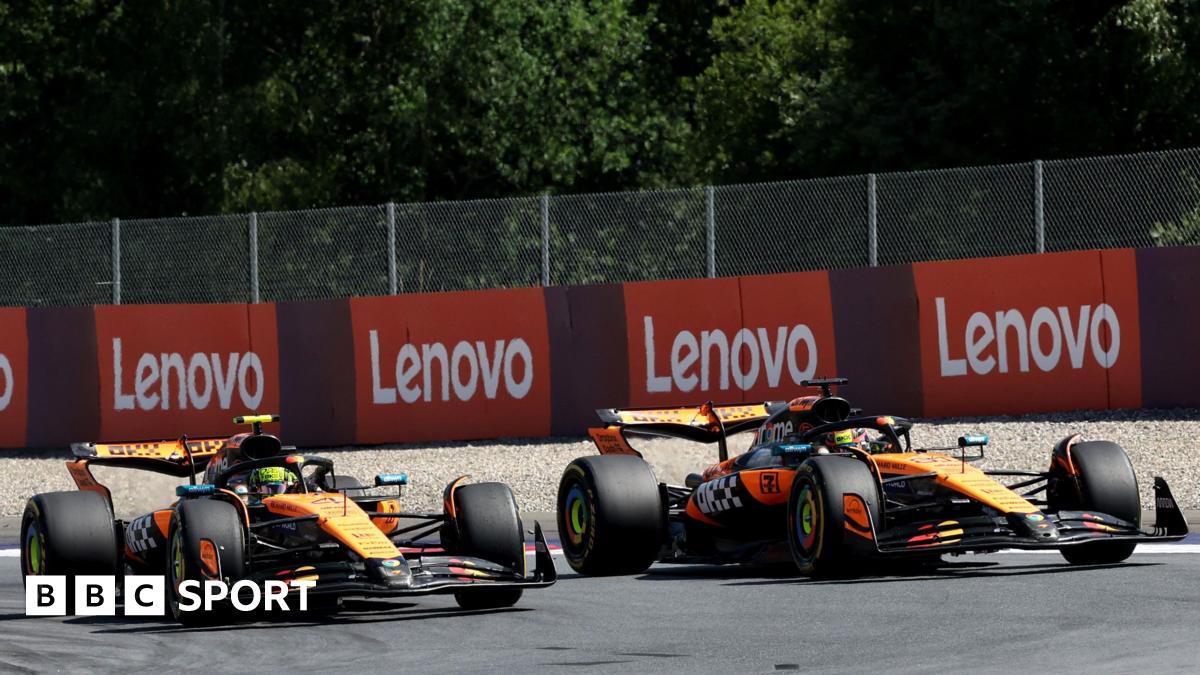
Analyst Ming–Chi Kuo has suggested that Apple plans to launch an all–new MacBook next year, powered by an iPhone processor. Specifically, he expects it to have the A18 Pro chip which currently powers the iPhone 16 Pro line–up.
While there’s no word on pricing, the only way the report makes sense is if Apple is targeting an even lower price than the $999 starting–point of the current MacBook Air. Indeed, if you factor in discounted pricing on that, then it would have to be significantly cheaper. But there may be a more cynical possibility …
It’s not the rebirth of the 12–inch MacBook
Some are suggesting this could represent the rebirth of the 12–inch MacBook. It doesn’t sound like it, however. That was a premium–priced machine aimed at delivering the ultimate in style and portability, and actually attracted premium pricing. Apple is reviving that concept in the upcoming iPhone 17 Air.
Maybe Apple will take the same single–port approach of the 12–inch MacBook, however. This wouldn’t be quite as much of a deal as it was then: the battery–life of modern MacBooks mean we don’t typically need them plugged into power when used in the typical coffee–shop/meeting/flight scenarios, so having to share one USB–C port between charging when not in use and an external drive while being used might be acceptable.
Performance won’t be compromised
Apple Silicon changed everything. Even the M1 MacBook Air is an incredibly capable machine which makes a credible substitute for a MacBook Pro for a very wide range of tasks.
As we noted earlier, an MacBook powered by the A18 Pro would, on paper at least, match or beat this. The multi–core performance is essentially identical, and the single–core benchmark score actually sits between the M3 and M4.
Anyone satisfied with the performance of any Apple Silicon MacBook Air would likely be equally satisfied with this. We’re also expecting the same screen size of 13 inches.
So if performance won’t give anyone a reason to buy the Air over this new entry–level MacBook, what will?
Color, and perhaps materials, will differentiate
One potential route here would be for Apple to very clearly visually distinguish the two models, by using colorful casings on the cheaper model while the MacBook Air retains its more restrained color options.
Our own poll earlier this year suggested that there’s no shortage of people who actively want a colorful MacBook. At the same time, there will be others who view more muted colors as the more stylish or professional-looking option. So Apple could potentially persuade some people to continue to pay more for the existing MBA line–up even with broadly similar performance.
A more radical option would be to use cheaper materials, the way the company did with the iPhone 5c: colorful and plastic. This would represent a return to the days of the iBook and the PowerBook. The G3 version of the iBook was very colorful, while the G4 adopted back or white polycarbonate casings that still looked visibly cheaper than the metal PowerBooks of the time.

Left: iBook G3 by Raneko/CC2.0, right: iBook G4 by Kevin Collins/CC2.0
Of course, a new model would retain the overall design aesthetic of current-day machines, but this could be a way to differentiate them.
Perhaps screen and battery too
Apple is setting about a gradual transformation of MacBooks from IPS LCD to OLED, so perhaps the thinking here is that the MacBook Air would eventually make that journey while the cheaper MacBook doesn’t.
The company could likely also save money by using lower–capacity batteries. The A18 Pro chip uses much less power than its M equivalents, so a smaller power pack would match existing battery–life.
What about pricing?
This is the tricky one. Apple has literally never dropped below $999 as the official retail price of a MacBook Air before.
If Apple is planning a cheaper model, then it doesn’t make sense for the saving to be less than $100, and given the discounted pricing commonly available from third–party stores, then only a $200 saving seems likely to move the dial to the extent Kuo’s report claims. That would be a new starting price of $799.
But there is a more cynical possibility – one that may emerge over time.
If Apple needs to maintain a $200 differential between a new MacBook and the MacBook Air, one way to do that is through a $799 price point – but another is to again increase the price of the MacBook Air.
Remember, in 2022 the company increased the base price to $1,199, before dropping it to $1,099 last year, and it’s only with the M4 models that the starting price returned to $999. What Apple has done once, it could do again.
In other words, push the MacBook Air back up to that $1,199 starting point, while the new MacBook fills the $999 price slot.
If Kuo is right about Apple’s ambitious sales hopes, then that couldn’t happen in 2026: the aggressive $799 pricing would be key to volume. But that doesn’t mean it couldn’t happen over time. Apple offering a cheaper price in 2026 may well be part of a plan to restore more expensive MacBook Air pricing in subsequent years.
What’s your view? Please share your thoughts in the comments.
Highlighted accessories
- iPads on Apple’s official Amazon store
- MacBook Air models on Apple’s official Amazon store
- Anker 511 Nano Pro ultra-compact iPhone charger
- Apple MagSafe Charger with 25w power for iPhone 16 models
- Apple 30W charger for above
- Anker 240W braided USB-C to USB-C cable
Main photo: Michael Bower/9to5Mac
FTC: We use income earning auto affiliate links. More.







 English (US) ·
English (US) ·